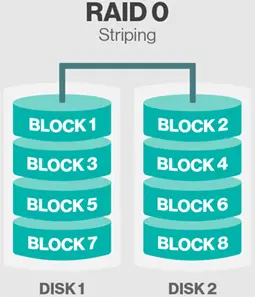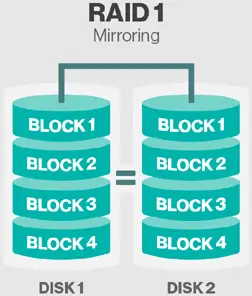Procedures to implement a raid system in homemade PC

I am currently assembling my own pc. I heard of a way to combine the writing speed of two hard disks. Can you please walk me through the process of establishing a raid between two hard disks of the same make. Is it true that such a procedure doubles the writing speed?














